Devon’s Top Attractions Celebrates 40th Anniversary with Grand Finale!
Devon’s Top Attractions brought their year-long 40th anniversary celebrations to a proud close with their Annual General Meeting (AGM) on…
Read MoreDue to our miles of coastline, beautiful estuaries, moorland and a fantastic range of nature reserves our county has many wonderful locations to enjoy birdwatching. As you drive across Devon you will find you are not too far from a unique spot where you can enjoy the tranquility of nature and see a fairly unparalleled range of birds. From tucked away bird hides to scenic moorland walks, strolls along the beach or admiring the view along the South West Coast Path, Devon has a lot to offer the amateur bird watcher or seasoned twitcher.
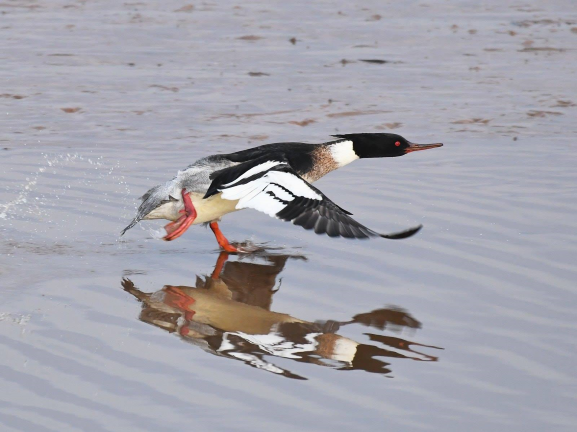
As well as the opportunity to just go out alone with some binoculars Devon’s Top Attractions have special birdwatching trips on board a Stuart Line Cruises trip along the Exe Estuary. Their Guided Bird Watching Cruises are ideal for anyone who would like to see some of the many thousands of birds that migrate to the area during the autumn and winter months. Suitable for beginners and beneficial to experts these cruises have a full commentary throughout from ornithologists. You will discover and learn all about the species, habitat and behaviours of the thousands of birds on the Exe Estuary and East Devon Coast.

Book onto a Birdwatching Tram ride with Seaton Tramway for a ride through two beautiful nature reserves, Seaton Marshes and Colyford Common, next to the glorious River Axe estuary, which plays host to an ever-changing selection of birds through the seasons. The trips are led by local experts who know the estuary well. The trams depart from Seaton Station. See the website for details.
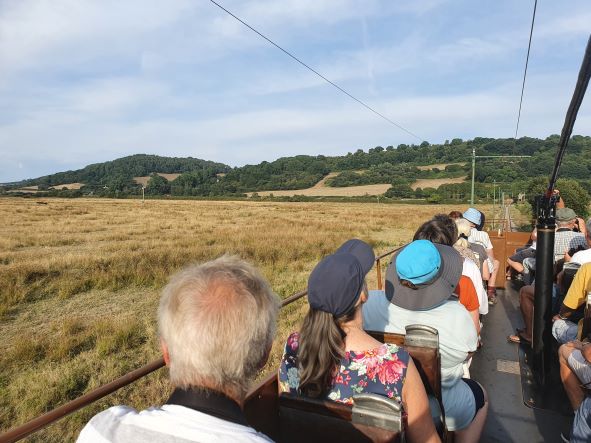
Lundy Island is 18km off the North Devon coast and its position creates a unique combination of environmental conditions that have given rise of a considerable selection of habitats that support a variety of rare and spectacular wildlife above and below the waves. The island is managed by The Landmark Trust and its isolated position is along a major migration route. This makes it an excellent spot for sighting rare birds, particularly from North America. Some of the species recorded include the ancient murrelet, American robin, little bittern, and black-billed cuckoo.
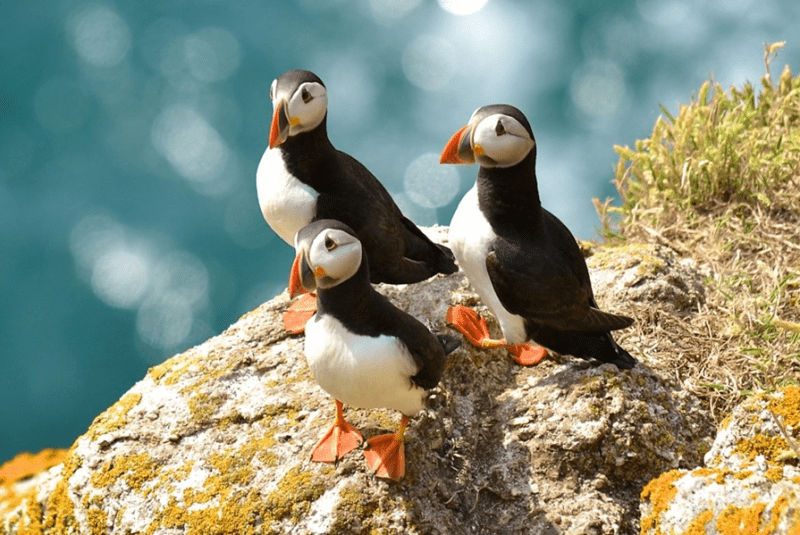
Some of our other nature-focused attractions are where you are likely to see some interesting birds at Haldon Forest Park, Becky Falls and River Dart Country Park on Dartmoor, Canonteign Falls in the Teign Valley, Killerton Estate all these have beautiful trails and lovely views where you could spot a buzzard or two circling high above.
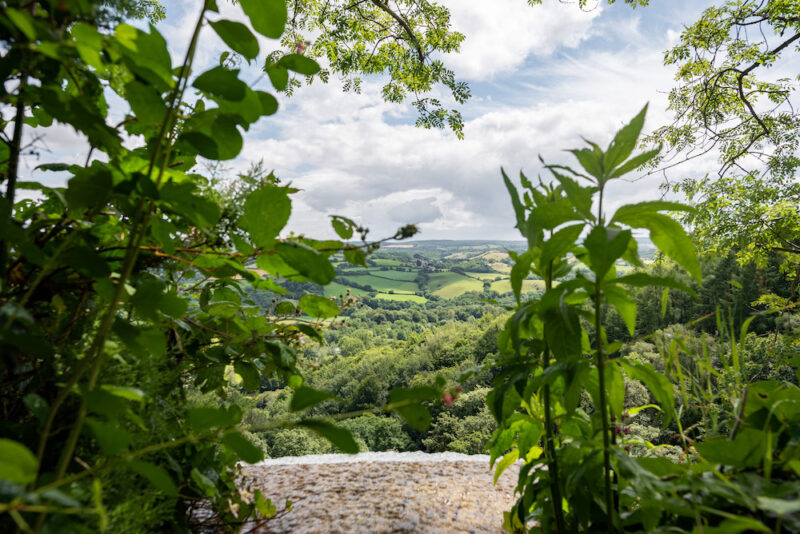
Dawlish Warren Nature Reserve sits behind the main tourist beach area and is managed by the Devon Wildlife Trust. It forms part of a sand spit that supports wintering waterfowl and seabirds, including divers, grebes, and seaducks.
The Exe Estuary is one of Devon’s premier birdwatching sites attracting thousands of migratory birds especially during the autumn and winter. The RSPB reserves at Bowling Green Marsh and Exminster Marshes have well-maintained nature trails and viewing platforms and provide ideal opportunities to spot species such as avocets, black-tailed godwits, brent geese, and wigeons.
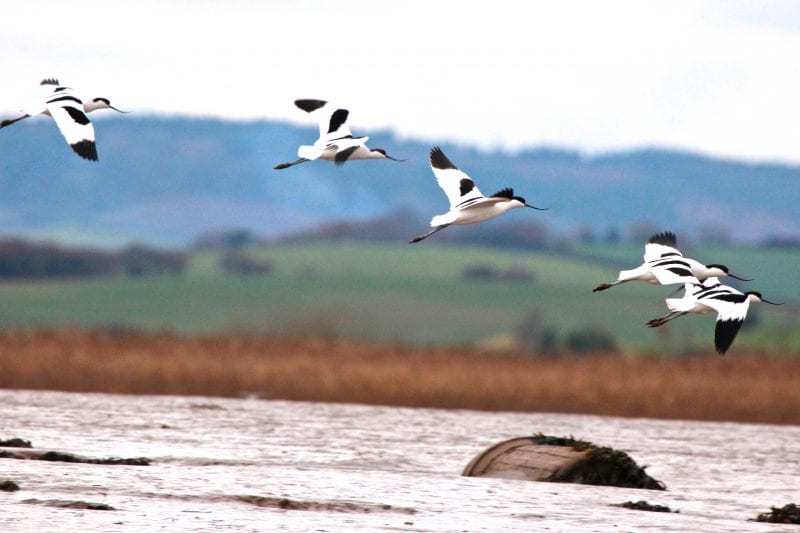
Dartmoor National Park is a stronghold for ground-nesting species such as stonechats, skylarks and Dartford warblers which thrive on the heathland, while in summer nightjars can be heard at dusk. Some birds have now become so rare nationally that visitors come to Dartmoor to see them, such as the ring ouzel and the cuckoo. The meadow pipit and stonechat are present here in internationally important numbers. Buzzards are a common sight overhead and peregrine falcons can be seen hunting along the tors. In winter you could glimpse the endangered hen harrier. Dartmoor’s woodlands support a range of migrant birds including pied and spotted flycatchers, wood warblers and redstarts make their homes here too.
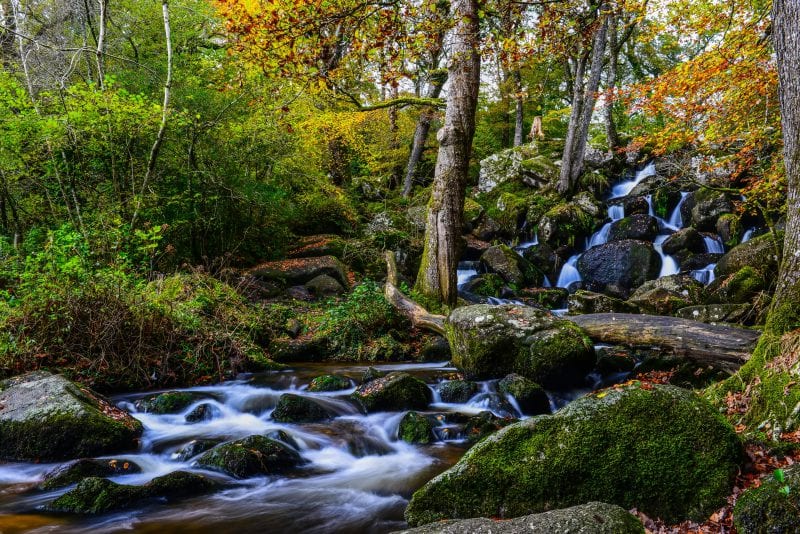
Slapton Ley National Nature Reserve is a year-round birdwatching location. It’s freshwater lake and reedbeds are perfect for observing both waterfowl and woodland birds. Great crested grebes, tufted ducks, and bitterns can be seen on the water, while the surrounding trees are home to warblers, woodpeckers, and long-tailed tits.
Along the northern coastline and at Berry Head in Brixham dramatic cliffs provide nesting sites for seabird colonies, including fulmars, kittiwakes, razorbills, and guillemots.
Exmoor supports a variety of moorland birds, including meadow pipits, tree pipits, linnets, stonechats, yellowhammers, and reed buntings. In spring, it is also one of the best places to hear the distinctive call of the cuckoo.
East Devon has heathland habitats including Aylesbeare Common and Woodbury Common which are home to some rare species including the Dartford warbler and nightjar. These areas are also excellent locations to spot stonechats and yellowhammers.
For more information see the links below:
Bird Watching On The Exe Estuary | Bird Spot
For further details and to book tickets for a bird watching trip go to www.devonstopattractions.co.uk

04 Dec
Devon’s Top Attractions brought their year-long 40th anniversary celebrations to a proud close with their Annual General Meeting (AGM) on…
Read More
02 Dec
Nestled in the heart of Devon’s stunning countryside, Canonteign Falls is a natural wonder offering the perfect mix of scenic…
Read More